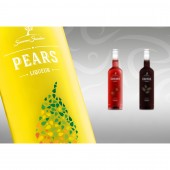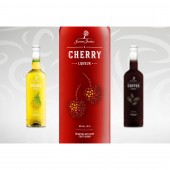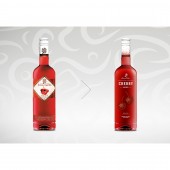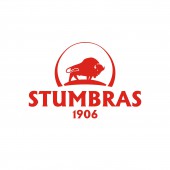Summer Garden Liqueur bottle by Edmundas Jankauskas |
Home > Winners > #37407 |
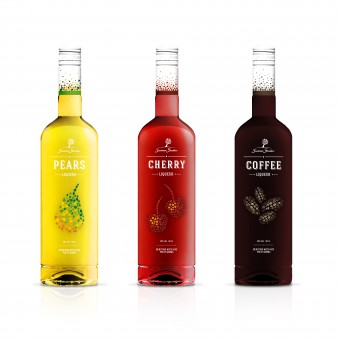 |
|
||||
| DESIGN DETAILS | |||||
| DESIGN NAME: Summer Garden PRIMARY FUNCTION: Liqueur bottle INSPIRATION: The main inspiration was rich colours of the liqueur itself. UNIQUE PROPERTIES / PROJECT DESCRIPTION: The main purpose of this project was to completely redesign existing Summer Garden liqueur. To make it look fresher, more exclusive and modern, white elements were used for the information and secondary graphics. For the main image, which is supposed to immediately convey the flavour of the liqueur, coloured and stylised elements of the fruits were used. This project was made as a concept for the final coursework in collaboration with Stumbras AB. OPERATION / FLOW / INTERACTION: This label design should provide instant visual information about the liqueur flavour. It should also look sweet and luxurious, but affordable. Simple, eye catching design stands out from the competition and is easily seen on the shelf. PROJECT DURATION AND LOCATION: This concept project started in January 2014 and finished in June 2014. FITS BEST INTO CATEGORY: Packaging Design |
PRODUCTION / REALIZATION TECHNOLOGY: Transparent adhesive film with flexography print. SPECIFICATIONS / TECHNICAL PROPERTIES: Width 140mm x Height 150 mm (adhesive transparent film) TAGS: Summer Garden, liqueur, cherry, pear, coffee, Stumbras AB, label RESEARCH ABSTRACT: To get better understanding of liqueur category in Baltic states (the main selling audience for Summer Garden), the main competitors were analyzed: what elements are used, what colours, how many different elements are on the labels, how the flavour is expressed. Result of this research provided a great view of the category and led to some of the decisions for the final product. CHALLENGE: Since Summer Garden liqueur is sold in a lower price alcoholic beverages category, it was important to keep low price of label printing. At the same time the task was to make it stand out of competition, look modern and attractive for the customer. ADDED DATE: 2014-10-23 01:02:52 TEAM MEMBERS (1) : Project supervisor: Gediminas Lašas IMAGE CREDITS: Edmundas Jankauskas, 2014. |
||||
| Visit the following page to learn more: http://bit.ly/1rcyhZc | |||||
| AWARD DETAILS | |
 |
Summer Garden Liqueur Bottle by Edmundas Jankauskas is Winner in Packaging Design Category, 2014 - 2015.· Read the interview with designer Edmundas Jankauskas for design Summer Garden here.· Press Members: Login or Register to request an exclusive interview with Edmundas Jankauskas. · Click here to register inorder to view the profile and other works by Edmundas Jankauskas. |
| SOCIAL |
| + Add to Likes / Favorites | Send to My Email | Comment | Testimonials | View Press-Release | Press Kit |
Did you like Edmundas Jankauskas' Packaging Design?
You will most likely enjoy other award winning packaging design as well.
Click here to view more Award Winning Packaging Design.



